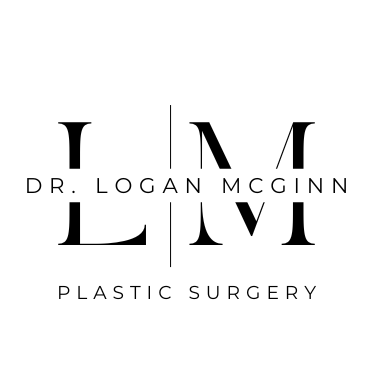Gynecomastia
Every man wants to feel comfortable in his own skin, but gynecomastia, or enlarged breast tissue in men, can sometimes make that challenging. Several factors, ranging from hormonal imbalances to certain medications or even genetics, can contribute to its onset. No matter the cause, it’s okay to want to seek change. Gynecomastia surgery addresses this condition, restoring a firmer, flatter, and more masculine contour to the chest. This procedure is about more than just aesthetics — it’s about rekindling your inner confidence and aligning how you feel on the inside with what you see on the outside.
Are you ready to make an appointment?
How Gynecomastia surgery works
The procedure begins with an evaluation to understand the nature of the enlargement—whether it’s due to fatty tissue, glandular tissue, or a mix of both. Based on this assessment, liposuction, glandular tissue excision, or a combination of both might be recommended.
Incisions are discreetly made, usually around the edge of the areola or within the natural creases of the chest. Excess tissue and fat are removed, and in some cases, excess skin might also be addressed. The goal is a sculpted, natural-looking chest that enhances the overall body proportion.
Post-surgery, the recovery phase is an essential step to ensure optimal results. Patients must wear a compressive garment. This garment assists in reducing swelling and supporting the chest as it heals, ensuring that the newly contoured chest takes its desired shape. Incision lines are permanent but with consistent care and time, they will fade.
For the initial days after surgery, it’s essential to rest and recover. Patients are encouraged to take short, frequent walks around their home to promote blood circulation, which aids in the healing process. However, strenuous activities, heavy lifting, and exercises should be avoided for several weeks.
Surgery length
2-3 hours
Anaesthesia
General
Hospitalization
No overnight stay required
Risks
Temporary swelling, bruising, some pain, bleeding, infection, asymmetry, contour abnormalities, incomplete improvement, recurrence, sensory changes in the nipple, healing problems
